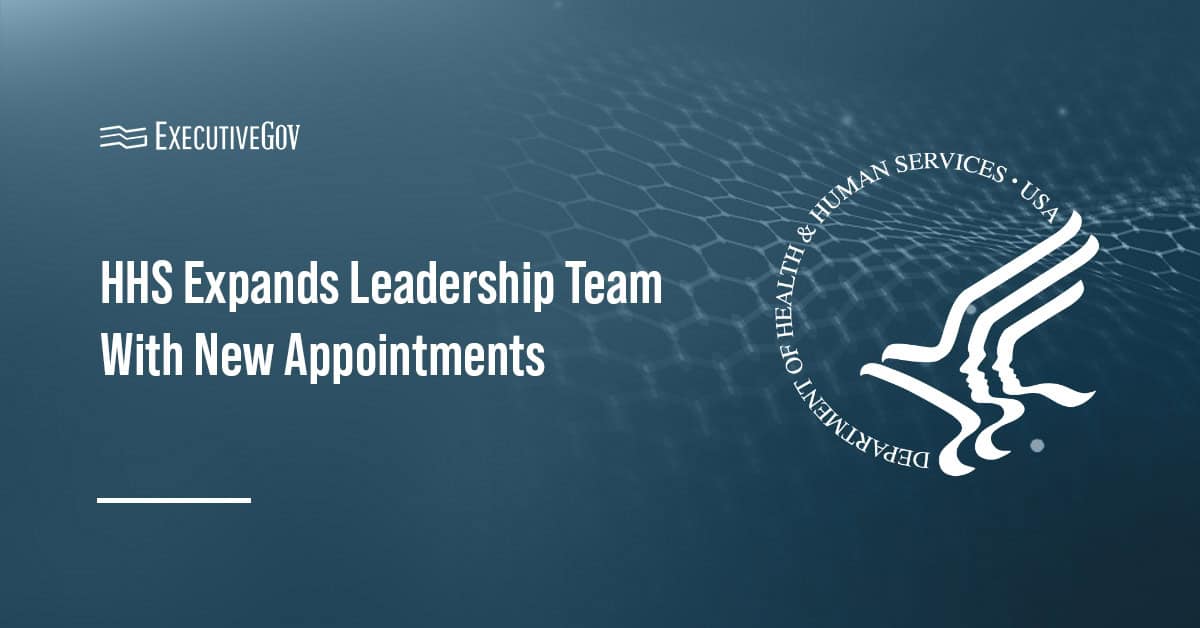 The U.S. Air Force plans to conduct the first flight demonstration of light attack aircraft this summer at Holloman Air Force Base in New Mexico, Defense News reported Friday.
The U.S. Air Force plans to conduct the first flight demonstration of light attack aircraft this summer at Holloman Air Force Base in New Mexico, Defense News reported Friday.Valerie Insinna writes Air Force Chief of Staff Gen. David Goldfein said the service branch will invite industry members to participate in the event.
Goldfein, an inductee into Executive Mosaic‘s Wash100 for 2017, added that the Air Force seeks a commercial off-the-shelf aircraft that meets the basic criteria of the OA-X program.
The report said the second phase of the experiment would fly participating aircraft to the Middle East.
Acting Air Force Secretary Lisa Disbrow said at the Air Force Association’s air warfare symposium that the demonstration will help the military branch determine if it needs additional budget for the OA-X program.





